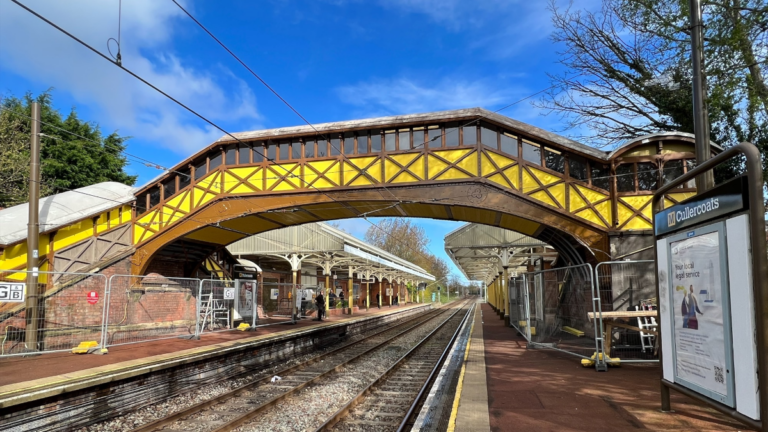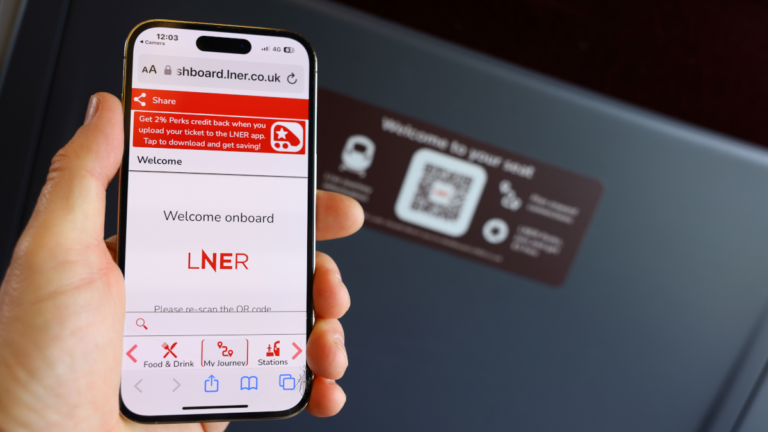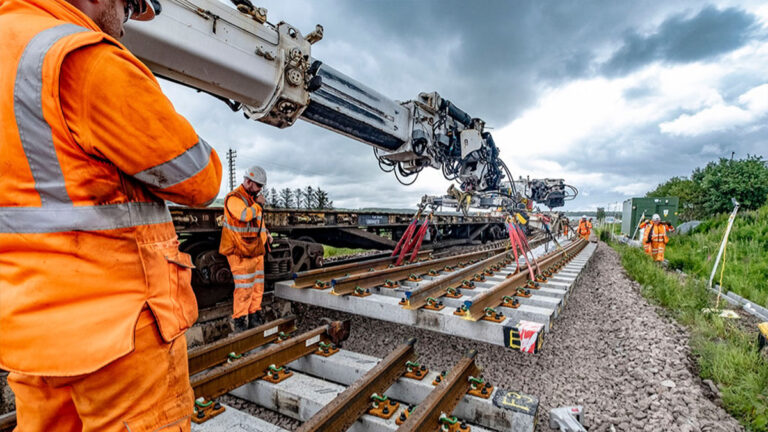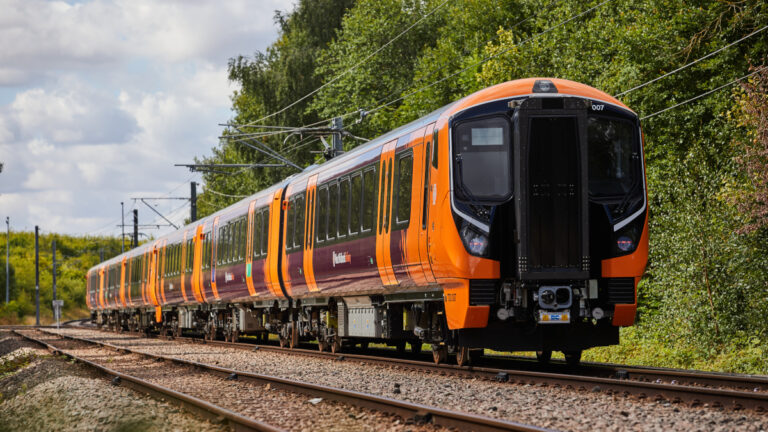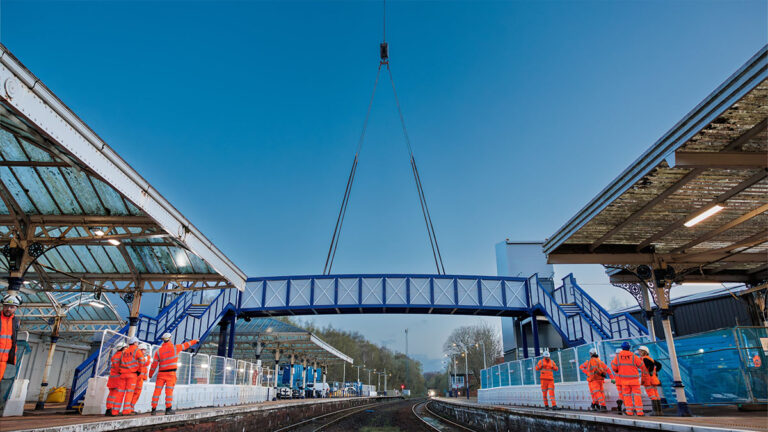A major project to refurbish the historic footbridge at Cullercoats Metro station in North Tyneside has been completed, allowing it to re-opened for customers.
Nexus, the public body which runs Metro, has invested £579,000 in the works, which formed part of its infrastructure modernisation programme. Gateshead-based G&B Civil Engineering have carried out the works on behalf of Nexus.
Restoring Cullercoats’ Victorian-era footbridge was the main focus of the project. Its wrought iron structure has been strengthened with new steelwork and the outer wooden panels and decking replaced to provide a fresher appearance and an improved customer experience.
The previously boarded-up windows have been fully renewed, with new glazing installed, vastly improving the natural light within the footbridge, and new CCTV cameras has been fitted. The decorative dagger boards on the station’s canopies have also been replaced.
The footbridge has been closed since August of last year, with an alternative walking route in place between the two station platforms. It re-opened to the public at 9am today, Wednesday 17 April.
Sarah McManus, head of renewals at Nexus, said: “We’ve invested more than half a million pounds refurbishing Cullercoats Metro station, including its historic footbridge, which was in particular need of work.
“I am pleased to say that the project has now been completed and the bridge is open for the public once again.
“Our thanks go to customers for their patience during this scheme. We appreciate that the alternative walking route between the two platforms has been an inconvenience for people.
“The works has seen the footbridge strengthened structurally, the wooden panels, the deck and the glazing all renewed. It’s a structure which has been there since 1882 so it’s been a real thrill to restore it back to its former glory.
“This project is part of our infrastructure modernisation programme, which is ensuring that we have a Metro system for many generations to come.
“Our focus on the North Tyneside coastal stations doesn’t end here. We are close to completing renewal work at Monkseaton Metro station, and our major refurbishment of the canopy at Whitley Bay Metro station remains ongoing.”
Cullercoats station was opened in 1882 by the North-Eastern Railway and was converted to a Metro station when the network opened in August 1980.
Major renewal works at two more North Tyneside Metro stations – Monkseaton and Whitley Bay – remain ongoing.
Investment in new Metro infrastructure reach £38 million in the current year to the end of March 2024. Metro’s modernisation programme is funded by the Government. A total of £446 million will have been invested on the renewal of Metro infrastructure since work began in 2010.
Image credit: Nexus

